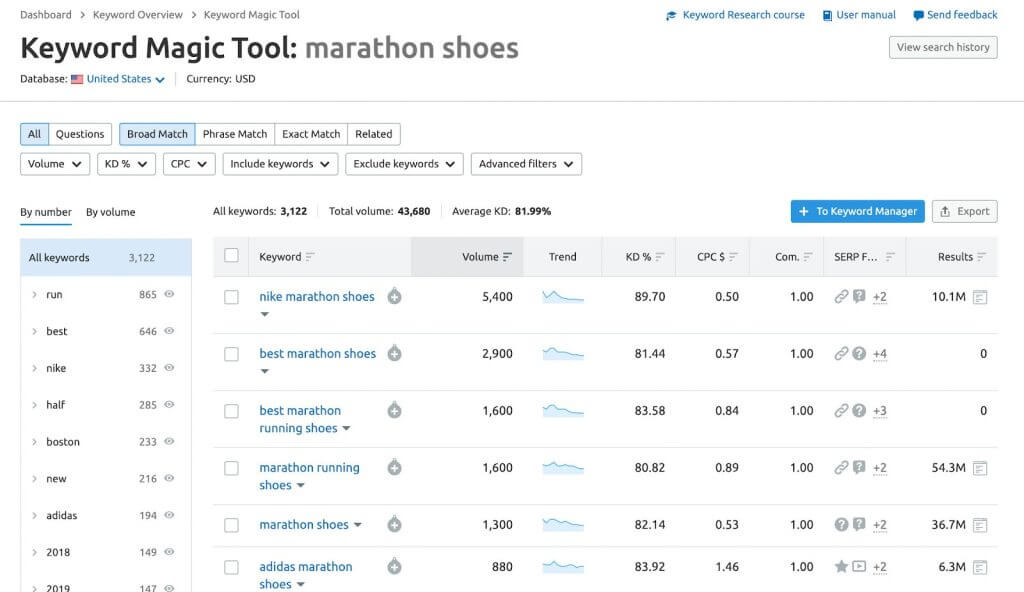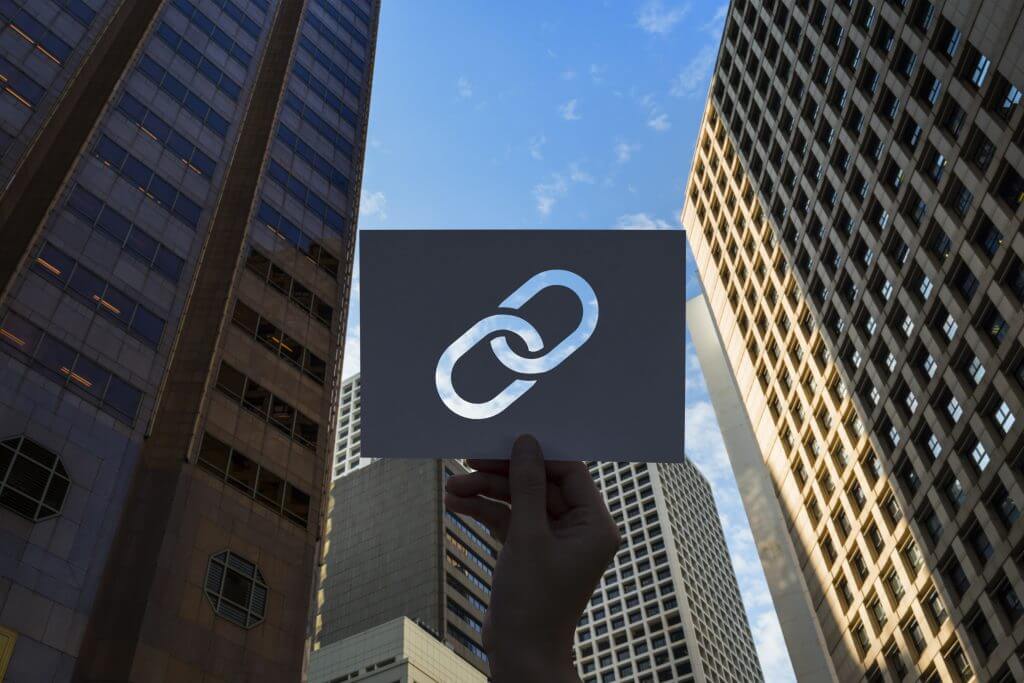In the vast landscape of digital marketing, search engine optimization (SEO) stands as the cornerstone of online visibility. Among its many facets, on-page SEO is a critical component that directly influences a website’s ranking on search engine results pages (SERPs). By optimizing on-page elements, you can enhance your website’s relevance, authority, and visibility, ultimately driving more organic traffic. In this article, we’ll delve into eight effective on-page SEO techniques that can significantly boost your website’s visibility.
Keyword Optimization:

Keywords are the foundation of on-page SEO. Conduct thorough keyword research to identify relevant terms and phrases that your target audience is likely to search for. Integrate these keywords strategically into your page titles, meta descriptions, headings, and body content. However, ensure that your keyword usage feels natural and doesn’t compromise the readability and quality of your content.
High-Quality Content Creation:

Content is king in the realm of SEO. Create informative, engaging, and valuable content that addresses the needs and interests of your audience. Aim for comprehensive coverage of topics, and strive to offer unique insights or perspectives. Well-written content not only attracts visitors but also encourages other websites to link back to yours, thereby improving your site’s authority and ranking.
Optimized Meta Tags:
Meta tags, including title tags and meta descriptions, play a crucial role in on-page optimization. Craft compelling and descriptive titles that accurately represent the content of your pages while incorporating primary keywords. Similarly, write concise meta descriptions that entice users to click through to your website from the search results. Utilize relevant keywords in both title tags and meta descriptions to improve visibility and click-through rates.
URL Structure Optimization:
A clean and organized URL structure not only enhances user experience but also contributes to better SEO performance. Opt for short, descriptive URLs that contain relevant keywords and accurately reflect the content of the respective pages. Avoid using unnecessary parameters or symbols in your URLs, as they can confuse both search engines and users.
Optimized Images and Alt Tags:
Images can enhance the visual appeal of your website and provide additional context to your content. However, they also present an opportunity for optimization. When adding images to your pages, ensure they are appropriately sized and compressed to minimize loading times. Additionally, include descriptive alt tags that succinctly describe the image content while incorporating relevant keywords. Alt tags not only improve accessibility but also contribute to better image search rankings.
Internal Linking:

Internal linking is a simple yet effective on-page SEO technique that often gets overlooked. By linking relevant pages within your website’s content, you create a logical hierarchy and help search engines understand the relationships between different pages. Moreover, internal links distribute link equity throughout your site, thereby strengthening the authority of individual pages and improving overall crawlability.
Mobile Optimization:
With the proliferation of mobile devices, optimizing your website for mobile users is no longer optional—it’s imperative. Ensure that your website features a responsive design that adapts seamlessly to various screen sizes and devices. Mobile-friendly websites not only provide a better user experience but also receive preferential treatment from search engines, resulting in higher rankings in mobile search results.
Page Speed Optimization:
Page speed is a critical ranking factor that directly impacts user experience and SEO performance. Conduct regular audits of your website’s performance using tools like Google PageSpeed Insights or GTmetrix. Identify and address factors that contribute to slow loading times, such as large image files, excessive scripts, or server issues. By optimizing your website for speed, you can improve user satisfaction, reduce bounce rates, and ultimately enhance your search engine rankings.
In conclusion, mastering on-page SEO techniques is essential for boosting your website’s visibility and driving organic traffic. By implementing the strategies outlined above, you can optimize your website to better meet the needs of both users and search engines. Remember that SEO is an ongoing process, and staying abreast of the latest trends and best practices is key to maintaining and improving your website’s search engine performance.



